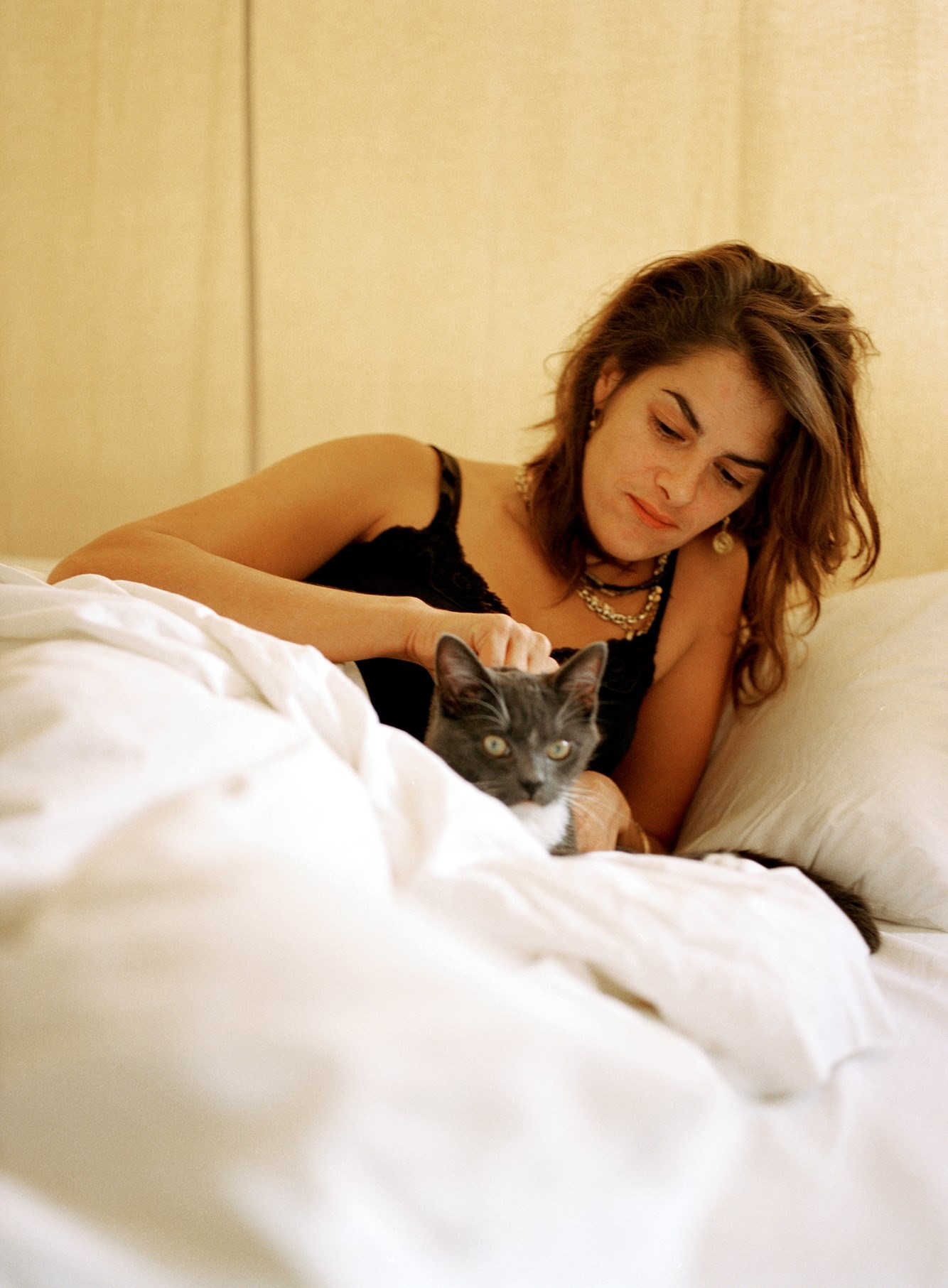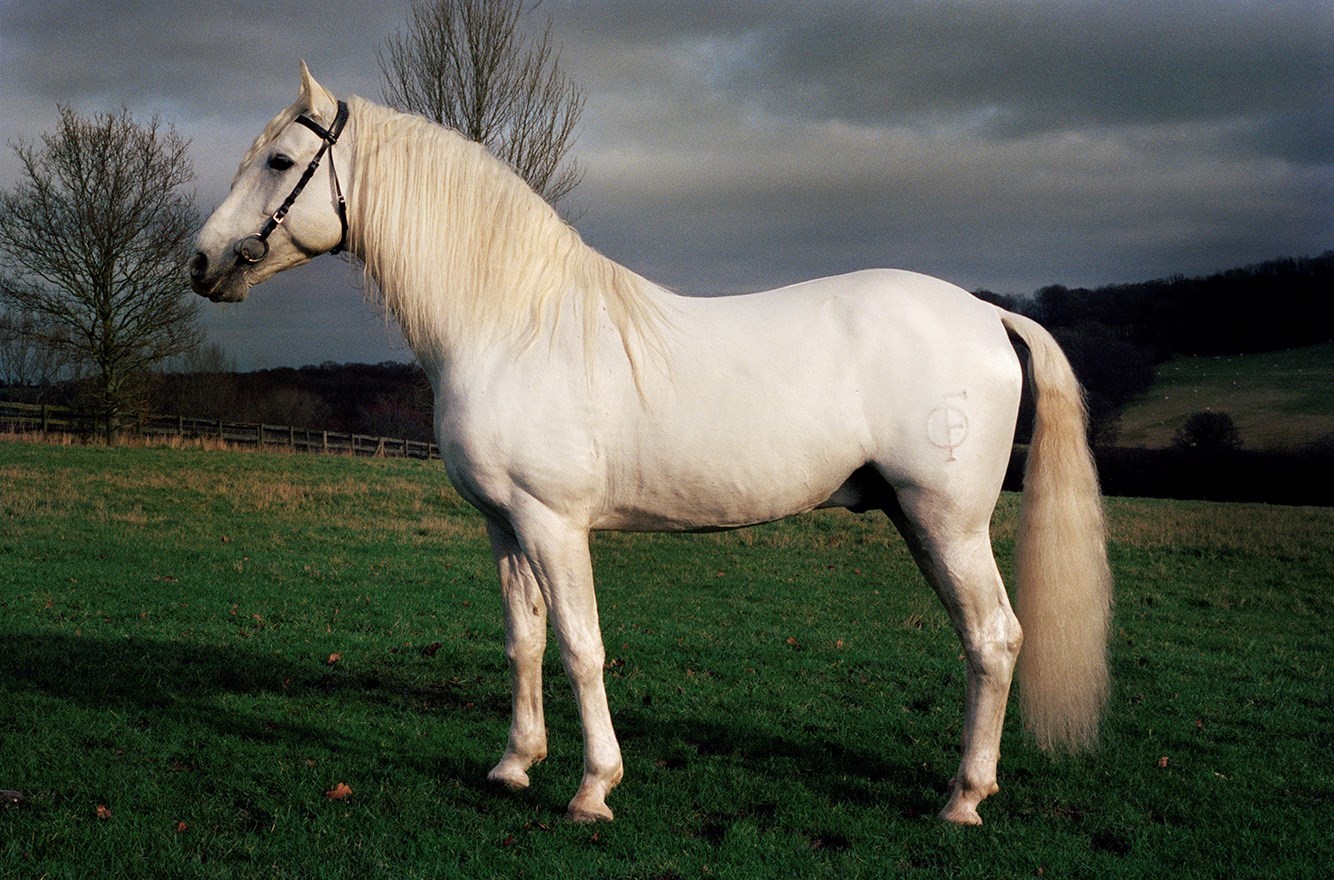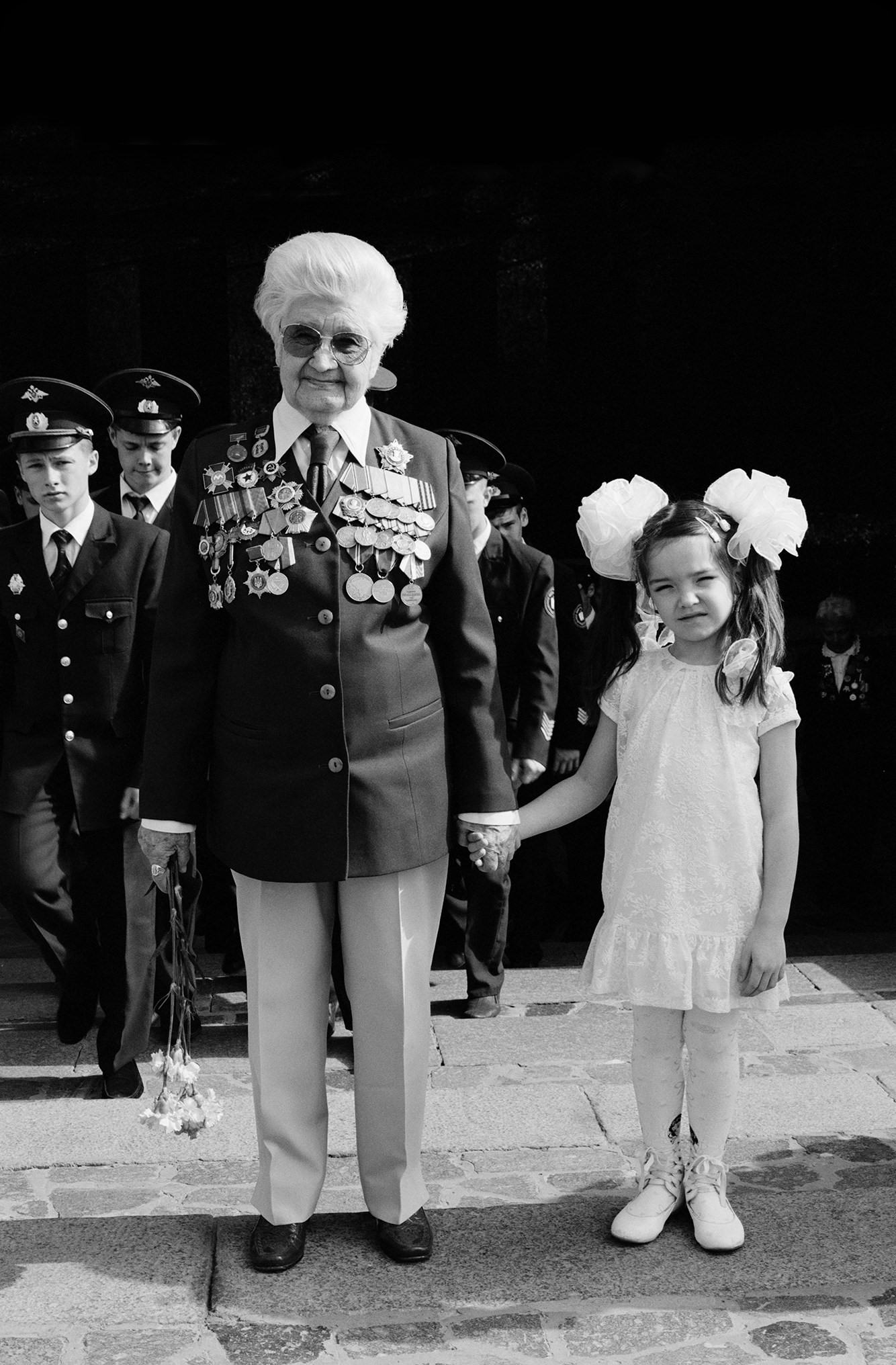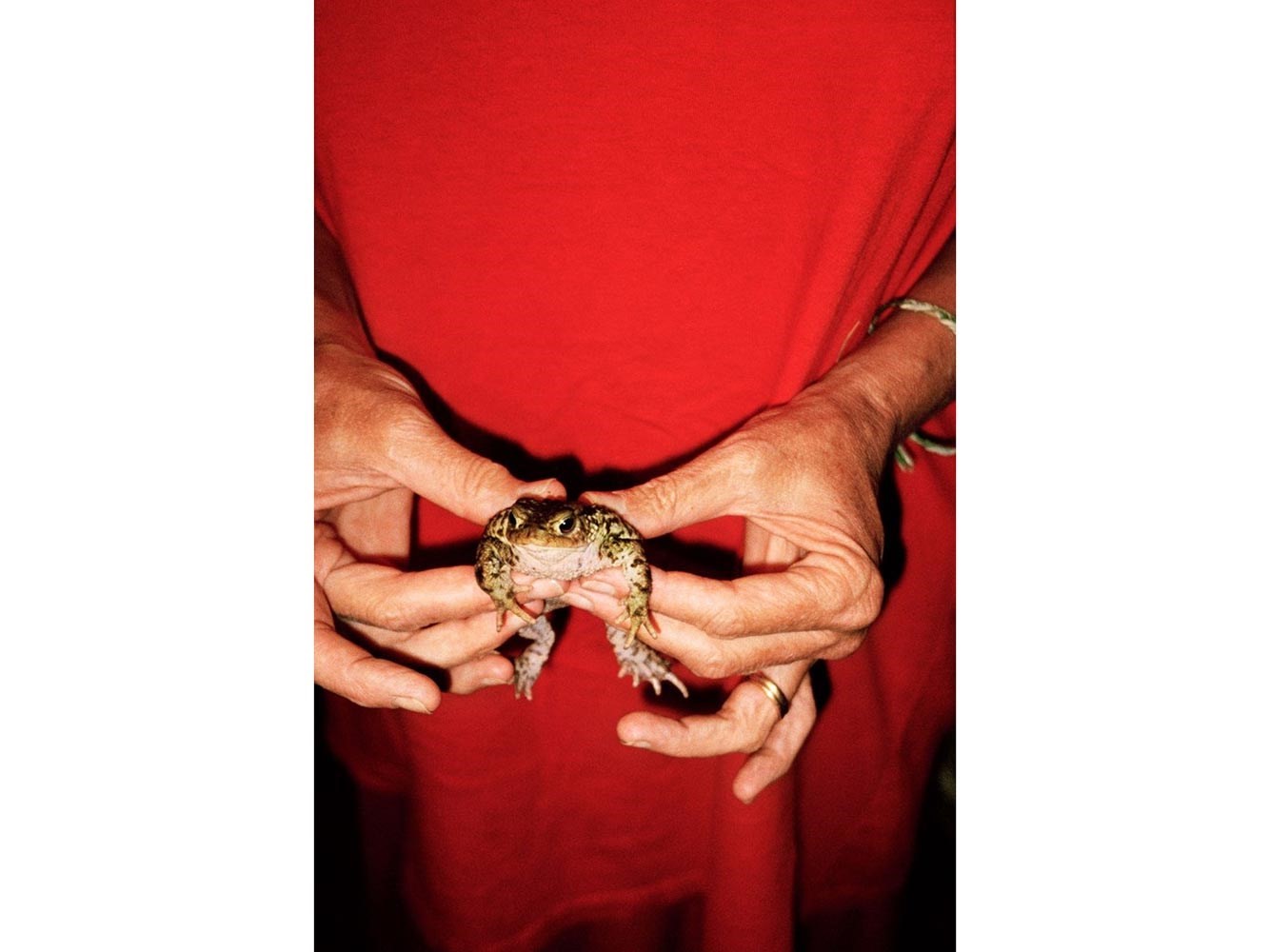On an unsuspecting street in west London, between a snaking trail of newsagents, restaurants and a row of modern houses braced with dark, wood-stained panels, stands the studio of British photographer Mary McCartney. In person, McCartney – who greets me warmly, buoyant in step and sensibility – emits a calm vibrancy, a quality that instinctively manifests in her work.
Should one wish to be reminded of her extensive repertoire, they need only to scour the walls of the lofty, three-storey space. “That picture of Morrissey was taken just before he went on stage,” she reveals, pointing to the supersized photograph, which takes its place alongside a triptych of monochrome pictures of the same scale. “He’s just about to perform, and I think, in a way, he’s performing for me. He’s looking at his reflection in a hand mirror, but he has this deep intensity,” McCartney continues. “When I take pictures, there are all these emotions that surge through my chest, and I think that really adds to the end result.”
Tender, unguarded intimacy is the common denominator in McCartney’s photography – visible in her portraits and candid style of reportage – which she acknowledges freely: “I have this hunger to observe people with interesting characters and stories. When I photograph them, they do tend to open up to me, and suddenly I might hear a life story that’s completely unexpected.” She also speaks openly of her prolific surname, and the weight that being the offspring of the prodigious musician, Sir Paul McCartney holds. “It’s not a huge benefit as a photographer, but it does allow people to trust me more quickly, and understand that I’m not trying to exploit them in any way.”
Most recently, McCartney has compiled an anthology. A beautiful, carefully considered collection of her photographic oeuvre that is divided into two sections, monochrome and colour (hence the title: Monochrome & Colour). In addition to working on several personal and commissioned assignments (one, I’m told, includes her beloved horse) and simultaneously snapping away on her smartphone, uploading anonymous portraits to her burgeoning Instagram account under the collective hashtag, #someone. Below, she talks in greater detail about her creative process, inspirations and the photographic highlights from her collectable tome...

On her greatest creative influences…
“I was always interested in photography. Seeing great photographs by great photographers inspires me. I remember feeling very excited about Garry Winogrand; I love his book, Women are Beautiful. Also, I think Henri Lartigue has this genius way of catching a moment. He was technically amazing, but there’s a life in his pictures. But, if had to pick just one, it would be Diane Arbus. I love the idea of her wandering the streets, then meeting someone and going into their home to capture them. It’s all so unexpected.”
On her photographic practice…
“I’d say it’s quite intimate and natural. Even if it isn’t a completely natural setting and I have to light it, I like it to look natural. I’m very much about my viewer. I’m always thinking about my viewer and wanting them to get lost in the picture and the moment. I find imperfections interesting and I want my images to feel humanistic – so people can connect with them. I think, sometimes, when pictures are so perfect and glossy, they create a barrier between the photograph and the viewer.”

On what makes the perfect subject…
“I’m very interested in people who are a little challenging, who you have to scratch the surface of to figure out what they’re really all about. I also love photographing horses – whether you’re on them (that perspective is amazing) or around them, it allows you to relax, and thoughts and ideas come flooding into your head.”
On her favourite photographic projects…
“A highlight was when I shadowed the Royal Ballet dancers. That was a personal project that turned into an exhibition. I was really able to explore. Often you don’t get that amount of time, but I was trusted to go to their dressing rooms, be in their homes and even the bathroom – so that has a very special place for me.”

On compiling Monochrome & Colour…
“It felt like the right time. I sat down and started at contact sheet number one, all the way to contact sheet number 5,000. I worked together with designer Stuart Smith and pulled a large edit of pictures, and eventually we felt that there was a real separation between the colour and the way it should be printed, and the black and white. The monochrome pictures are a lot grittier and run full bleed, while the colour photographs are set within a white frame and draw your eye to the centre of the page. The whole process took about a year.”
On the evolution of her aesthetic…
“It’s not so much an evolution as a diary, because I don’t think my style has really changed from the beginning until now. I think I went into photography knowing what I loved, but now I have more confidence and am more technically aware.”

On her photographic highlights from Monochrome & Colour…
“I love the photo of my horse – it’s taken in profile and feels very painterly. I also love the close-up crop of the frog, it was actually my mother [Linda McCartney] holding it. The clash of colour between red and green is great, but it’s also the way that he’s being held, so tenderly but securely so he can’t jump. It’s firm but kind. Also, when I was on a commission in Russia, I took a picture at what I assume was a commemoration of an elderly woman, adorned with medals, holding what I think must have been her granddaughter's hand. We couldn’t speak the same language, but we understood each other in that moment.”

Mary McCartney Monochrome & Colour is published by GOST Books and is available now
With special thanks to Mary McCartney and her team.
